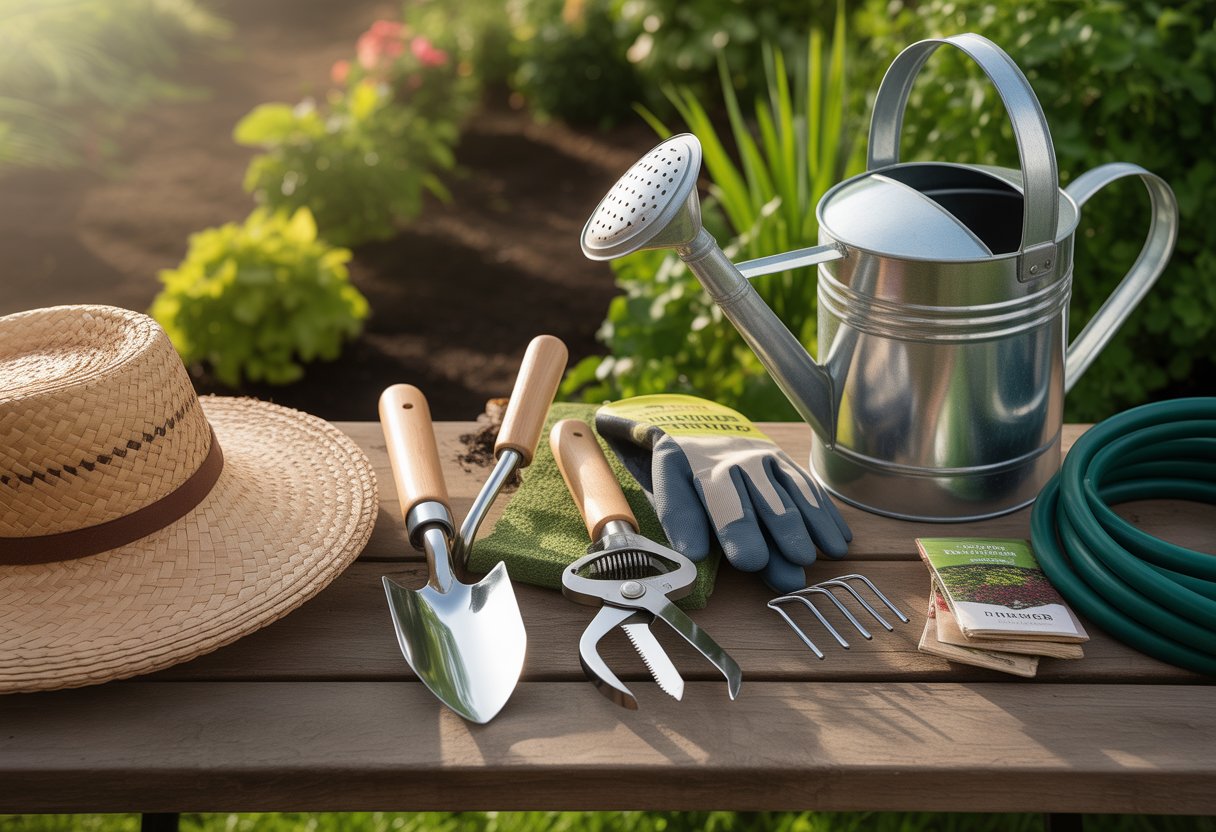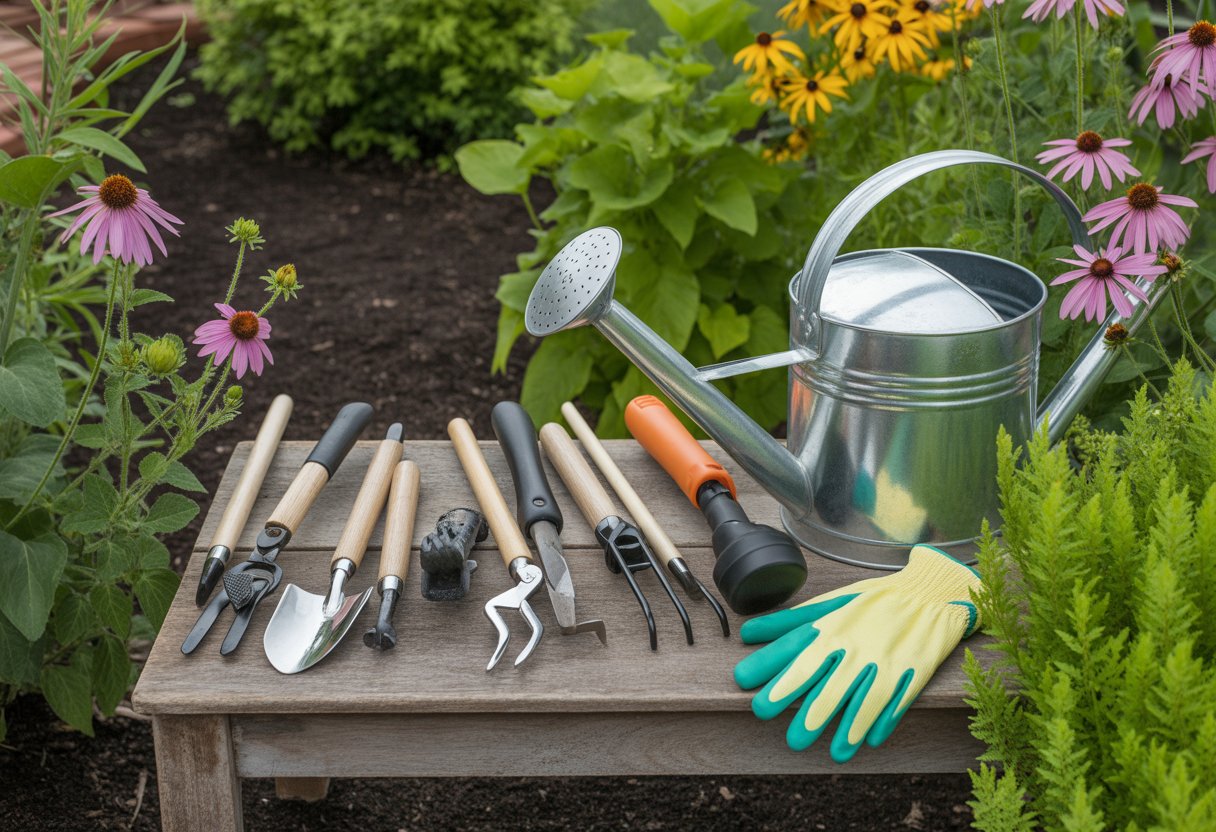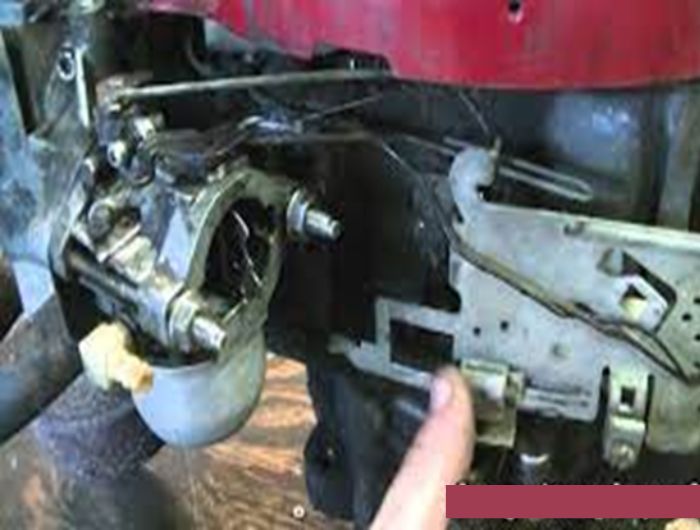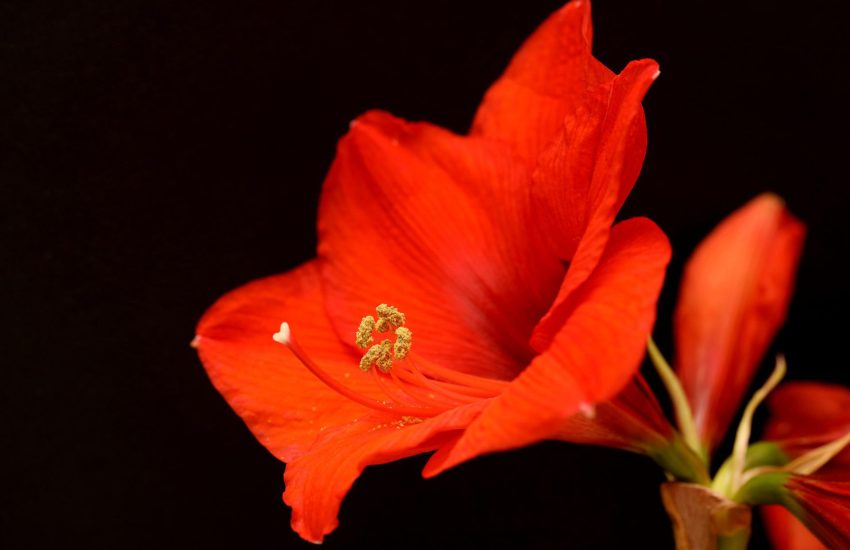Tools Every Tennessee Gardener Needs for Year-Round Success and Efficiency
Gardeners in Tennessee deal with some pretty unique challenges—clay soil, wild temperature swings, and those relentless hot summers. To keep up, they need tools that actually fit the job, not just whatever’s on sale at the hardware store.
The essential tools every Tennessee gardener needs include a sturdy trowel, pruning shears, a durable hoe, and a reliable watering system.

These tools tackle soil prep, plant care, and water management—pretty much the backbone of gardening in Tennessee. When you pick gear that’s made for local conditions, you’ll save time and probably see your garden thrive a bit more.
Tough soil? The right tools make a difference. And honestly, knowing what to buy is half the battle.
Essential Garden Tools for Tennessee Gardeners

Tennessee gardeners need a balance of tough and precise tools. The right stuff keeps plants healthy and makes those endless chores a little less, well, endless.
High-Quality Pruners
You can’t get far in a Tennessee garden without pruners. They’re a must for trimming shrubs, flowers, and those stubborn little branches that always show up.
A sharp, sturdy bypass blade cuts clean and keeps plants happier. Ergonomic handles with non-slip grip help a lot, especially when humidity turns everything slick.
Stainless steel blades stay sharp and fight off the rust. Just remember to oil and clean them now and then—nobody likes sticky, dull pruners.
Spades and Shovels
Digging, transplanting, turning soil—spades and shovels do the heavy lifting. A flat-bladed spade works wonders for edging and slicing through turf.
If you’re moving dirt, gravel, or mulch, go for a rounded or pointed shovel. Reinforced steel heads and solid handles (think fiberglass or hardwood) survive Tennessee’s clay and rocks better than flimsy ones.
Pick a length and weight you can handle, or your back will hate you later.
Durable Loppers
Loppers step in when branches get too big for pruners. Long handles give you leverage, so you’re not wrestling every cut.
Look for ratcheting or compound-action models—they make tough jobs way easier. Steel blades that resist rust last longer, and padded grips save your hands on big pruning days.
Reliable Rakes
Rakes are more versatile than folks give them credit for. You’ll clear leaves, level mulch, and prep beds with a good garden rake.
Flexible steel tines handle soggy Tennessee leaves without getting bent. Wide, fan-shaped leaf rakes sweep up debris fast, while lightweight handles make big jobs less of a pain.
Choose your rake size based on your yard—no sense dragging a giant rake through a tiny bed.
Soil Preparation and Mulching Essentials
Getting soil ready is everything—better drainage, more nutrients, and happier plants. Mulch locks in moisture, keeps weeds down, and helps with temperature swings.
Organic Mulching Options
Tennessee gardeners use shredded bark, pine straw, leaves, and compost for mulch. These break down and feed the soil over time.
Pine straw’s a local favorite for its acidity and erosion control. Shredded bark lasts longer, so you won’t be replacing it as often. Leaves work too, but they break down fast—expect to top them off.
Spread organic mulch 2-4 inches thick, but don’t pile it against stems or you’ll risk rot. Keep an eye on it and add more as it disappears.
Landscape Fabric Choices
Landscape fabric acts as a weed barrier but still lets water and air get through. Most are made from polypropylene or polyester, with different thicknesses.
Porous fabrics let water and nutrients pass while cutting down on weeds. Non-porous ones can cause problems with runoff and unhappy roots. Pick what fits your soil and watering habits.
You’ll need to weed, level, and anchor the fabric before mulching over it. It works best under mulch to keep it from tearing and to make things look nicer.
Woven Landscape Fabric Mulch
Woven fabric mulch is tougher—good for long-term use. It’s made with interlaced threads for strength and stands up to sun and weather.
It blocks weeds, keeps moisture in, but still lets water through. Works great in beds where you want to set it and forget it.
Throw some mulch on top to protect it from sunlight and keep things looking tidy. You can reuse it season after season, and it cuts down on chemicals.
Specialized Tools and Techniques for Tennessee Gardens

Tennessee gardens really benefit from a few region-specific tricks. Raised beds help with drainage and soil quality, especially with all that clay.
Supporting summer-blooming woody perennials takes a little know-how, and honestly, gardening is good for your head too. Getting your hands dirty can be pretty therapeutic—don’t underestimate it.
Raised Beds for Productive Planting
Raised beds help with drainage and warm up faster in spring. Most gardeners build them 6-12 inches high with untreated wood or composite boards.
This setup means less soil compaction and earlier planting. A soil tester helps you keep tabs on pH and nutrients, while a garden fork makes aeration a breeze.
Raised beds make weeding easier, too. Hand tools like hoes and weeders work better, and mulching with straw or bark keeps things from drying out in the summer heat.
Supporting Summer Flowering Woody Perennials
Crape myrtles and butterfly bushes need the right supports to avoid wind damage. Stakes and soft ties keep branches upright without cutting into them.
Adjustable plant supports grow with your plants, so you’re not constantly re-tying everything. Pruning shears built for woody stems help keep things tidy and encourage blooms.
A layer of mulch around the base locks in moisture and fends off weeds. Don’t forget to water during dry spells—these plants get thirsty when it’s hot.
Therapy Benefits of Gardening
Honestly, gardening does more than grow food or flowers—it’s good for you. The repetitive motions can be calming, almost meditative.
Ergonomic tools like padded handles or long cultivators make it easier on your joints. Getting outside, touching soil, and watching things grow just feels good.
Plenty of people say tending raised beds or perennials lifts their mood. It’s exercise, sure, but it’s also a break from screens and stress.
Harvesting and Preservation Tools
To preserve your garden haul, you’ll want the right tools. Good jars, lids, and prep gear make a big difference in how long things keep.
Don’t skip proper sterilization and timing—food safety is a real thing, not just a suggestion.
Canning Green Beans Safely
You need a pressure canner for green beans—they’re low acid, so boiling water won’t cut it. Pressure canners get hot enough to kill off anything nasty.
Grab these basics:
- Pressure canner with a gauge
- Clean, wide-mouth pint or quart jars
- New two-piece lids (flat and ring)
Blanch the beans, pack them hot into jars with boiling water or pickling liquid, and process at 10-11 pounds pressure. Pints need 20-25 minutes, quarts go 25-30. Let the jars seal and cool—don’t rush it or you’ll risk spoilage.
Canning Peaches Successfully
Peaches are easier since they’re acidic. Most folks use a water bath canner.
Here’s what you’ll want:
- Boiling water bath canner
- Jar lifter and funnel
- Mason jars and two-piece lids
- Peeler or paring knife
Peel peaches by dunking them in boiling water, then an ice bath—the skins slip right off. Pack hot peaches in syrup, leave about half an inch at the top, and process for 15-30 minutes (depends on jar size and your altitude).
Low-Sugar Strawberry Freezer Jam Preparation
Making low-sugar strawberry freezer jam doesn’t take much gear, but you really do need to measure carefully and use food-safe containers. Since there’s no heat processing, the jam keeps that bright, fresh flavor—though you’ll have to stash it in the fridge or freezer.
Here’s what you’ll want on hand:
- Non-metal mixing bowls
- Potato masher or food mill
- Measuring cups and spoons
- Plastic freezer-safe containers
It’s important to use a low-sugar pectin that’s meant for freezer jam, or the texture just won’t turn out right. Mash the strawberries, then stir them together with the pectin and your choice of sugar or sugar substitute.
The jam usually sets up after a few hours. You can keep it cold for as long as a year if you don’t eat it all first. Skip the metal utensils—fruit acids and metal just don’t mix well.


